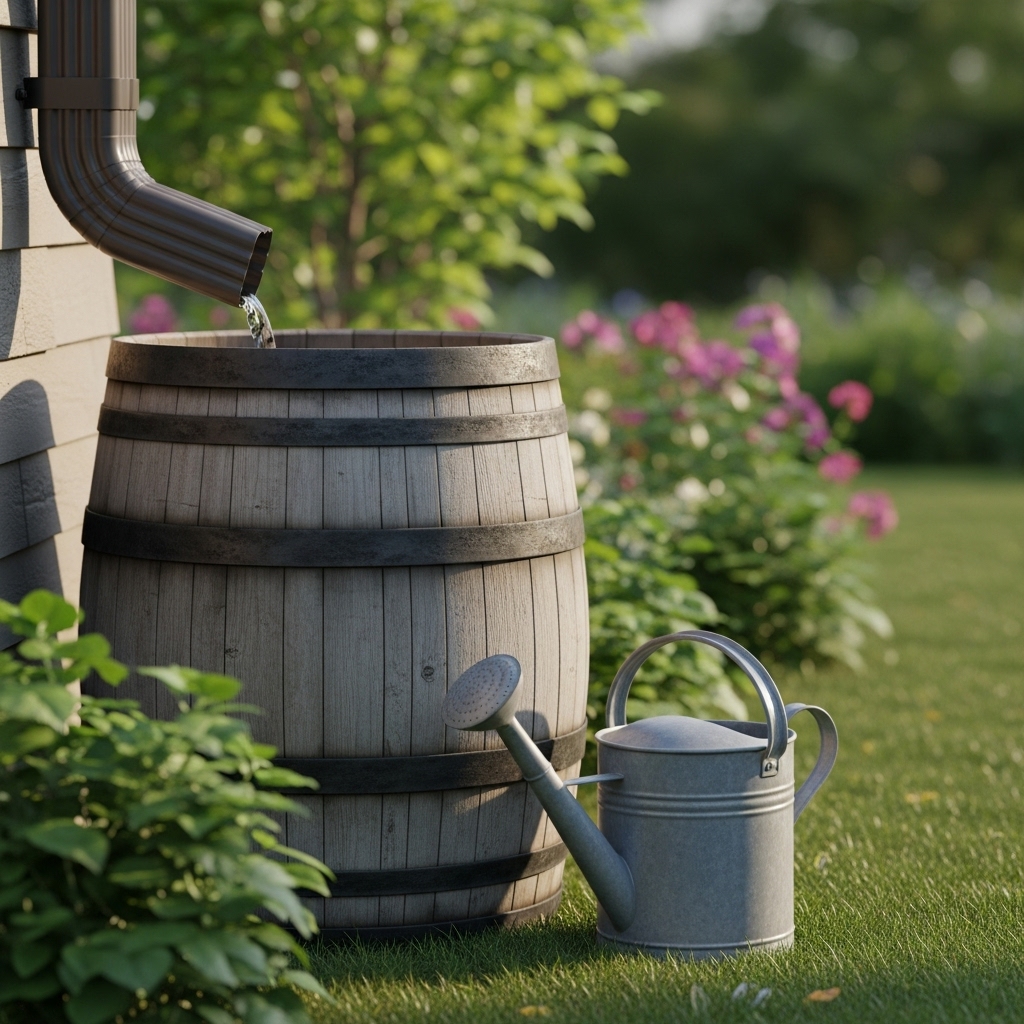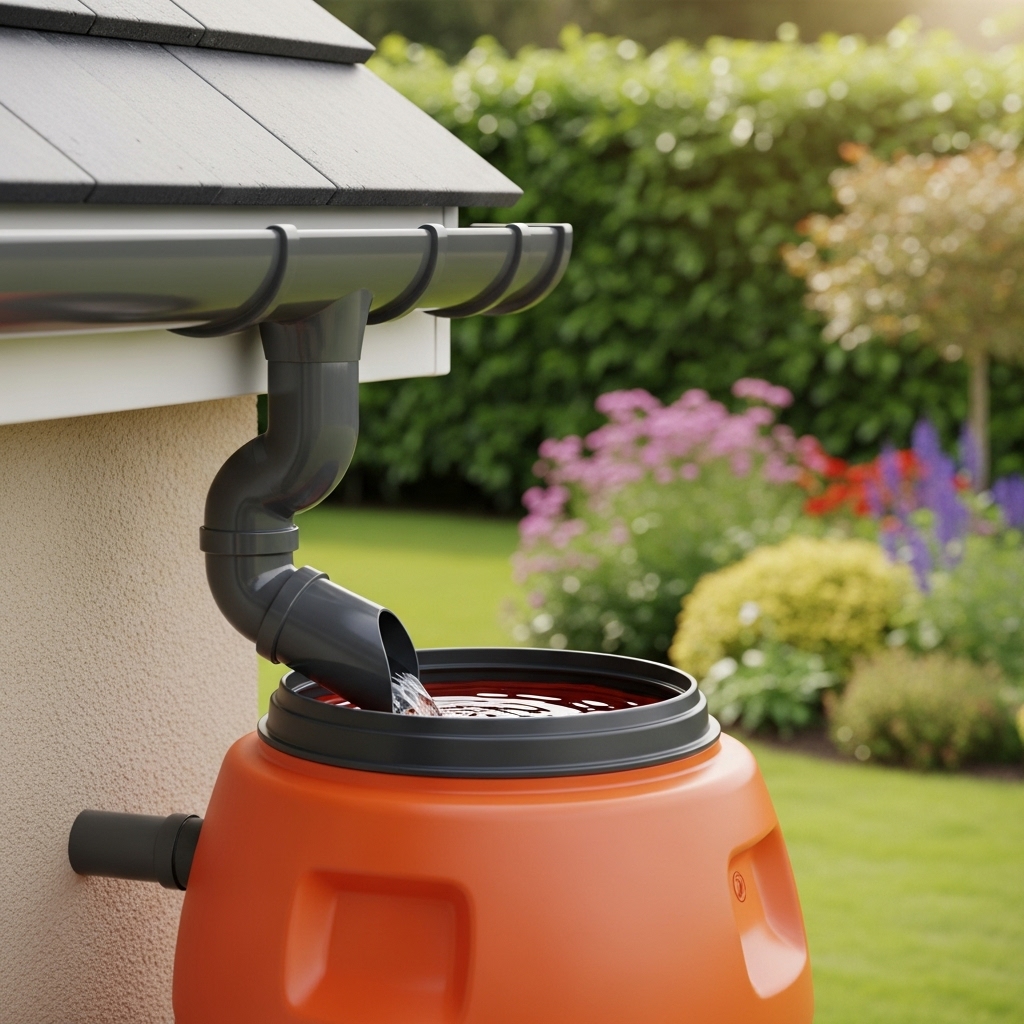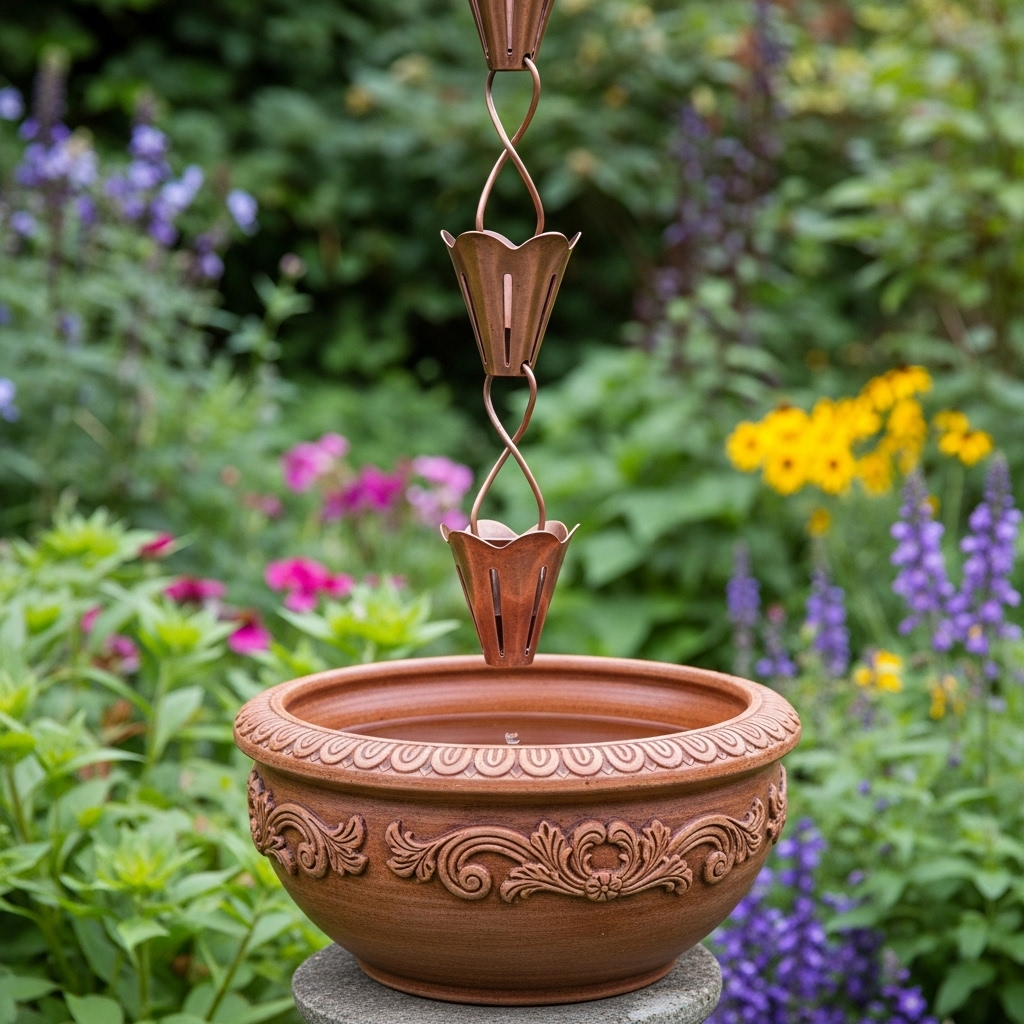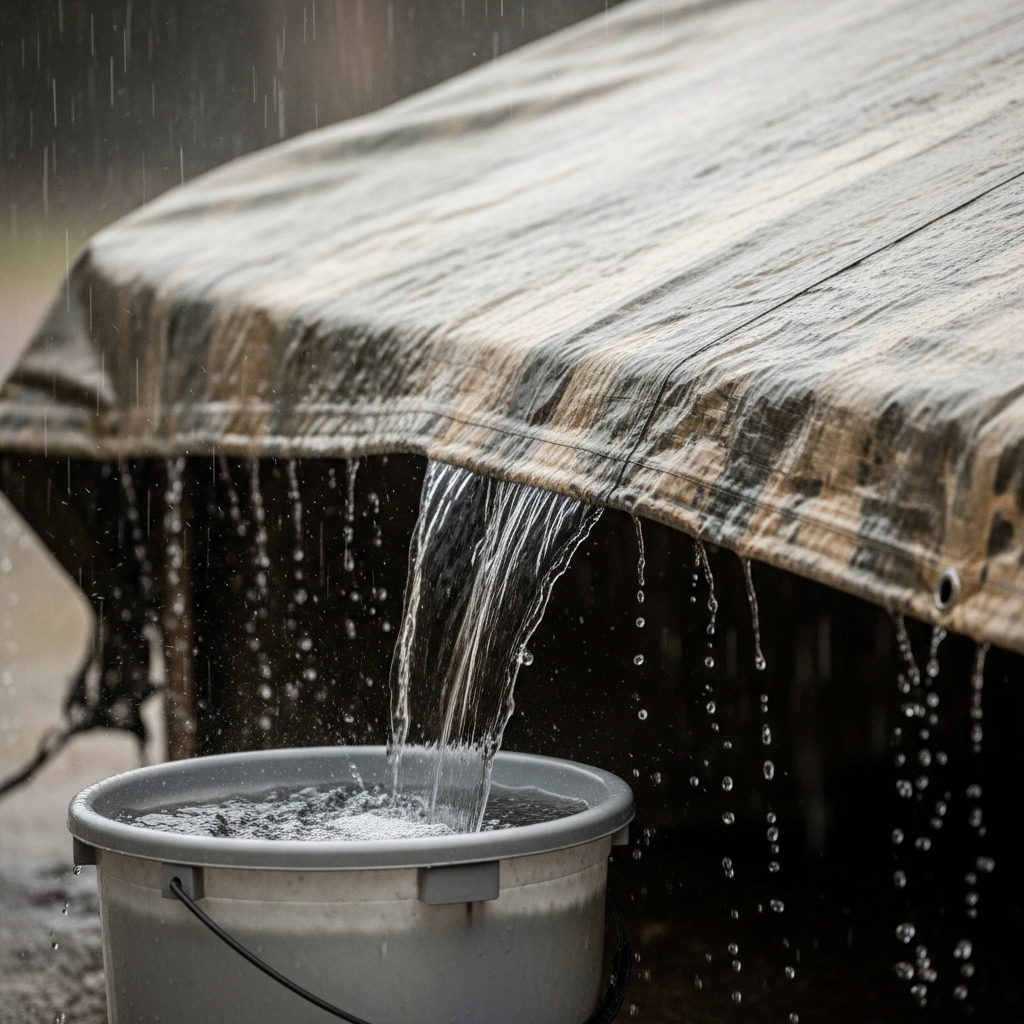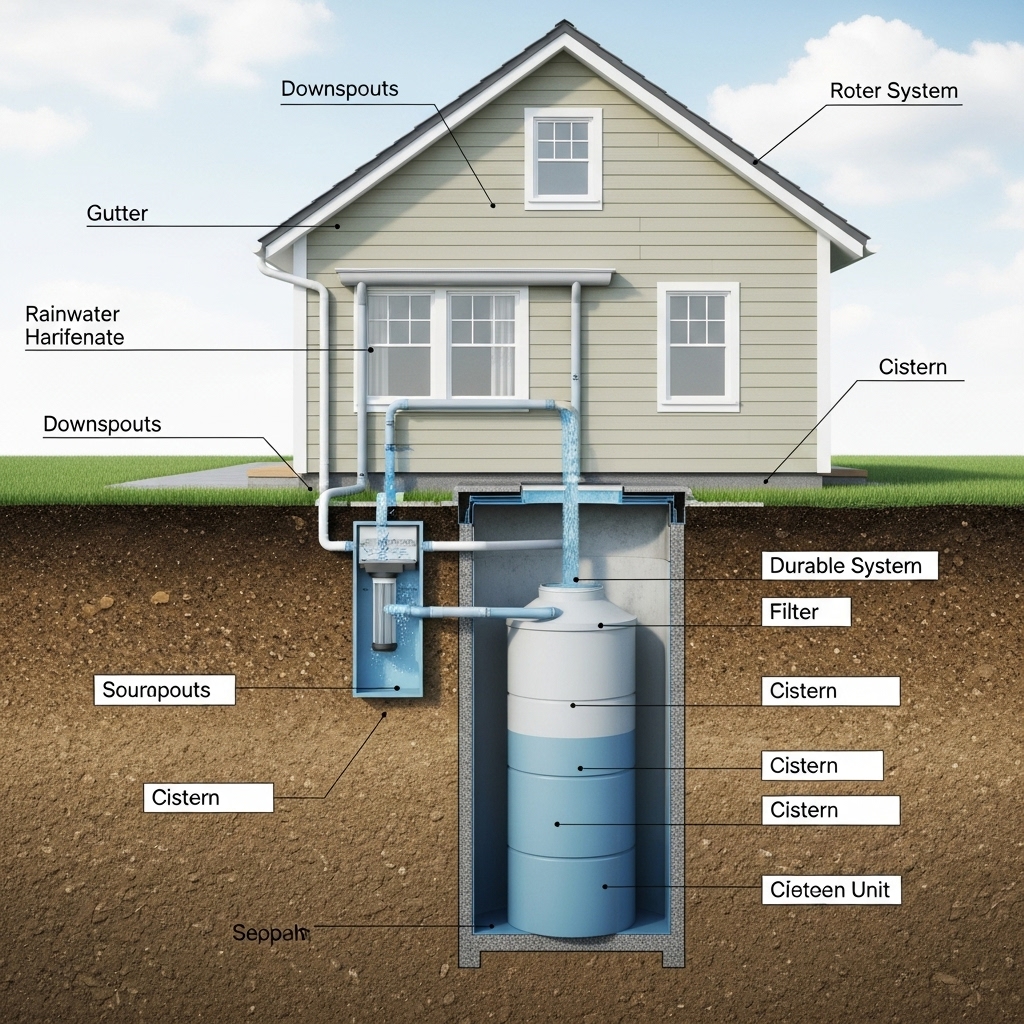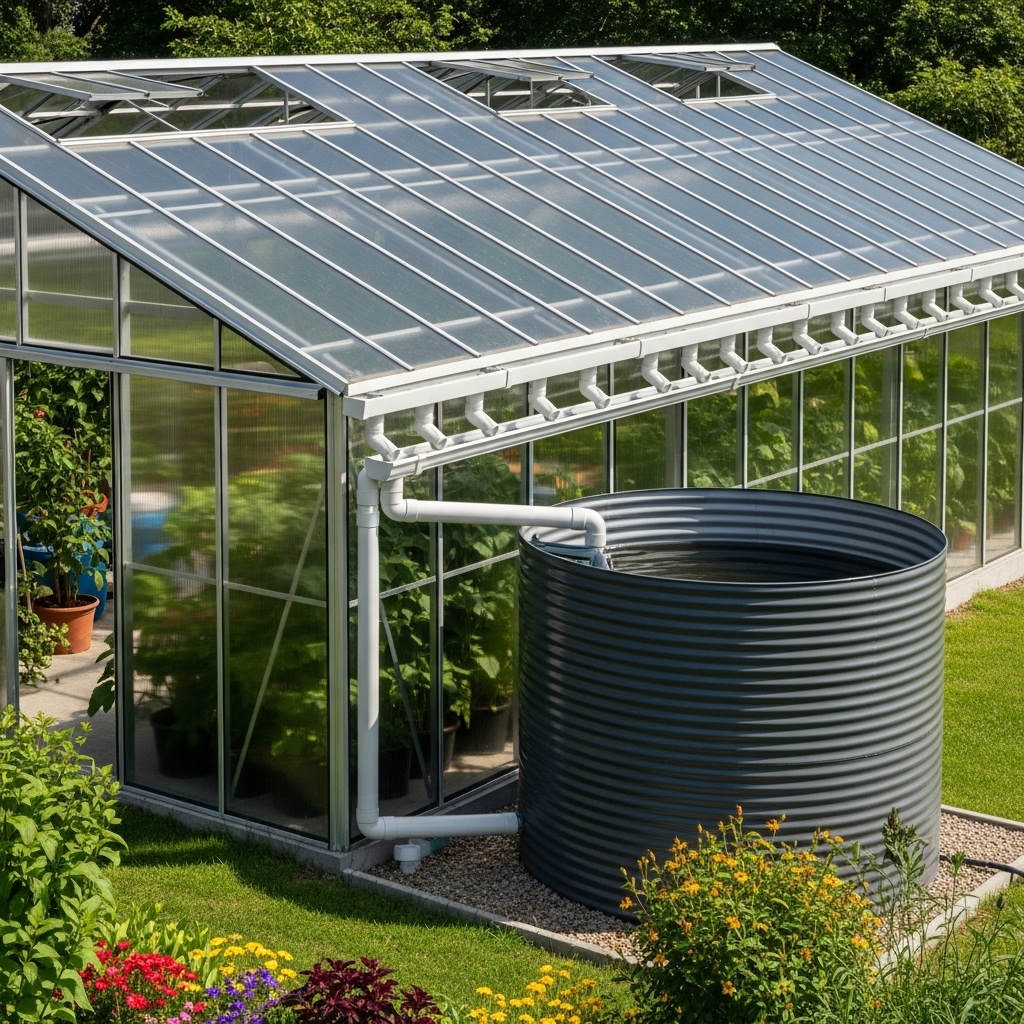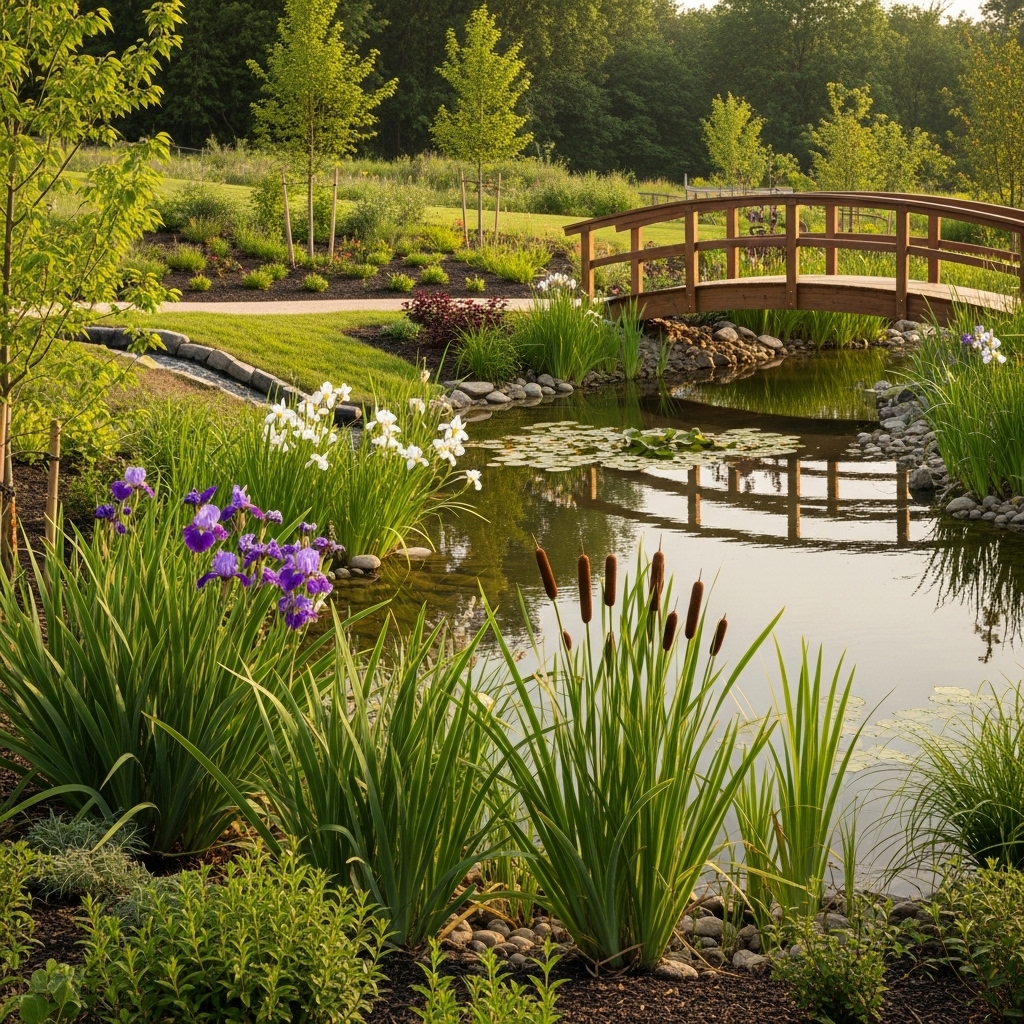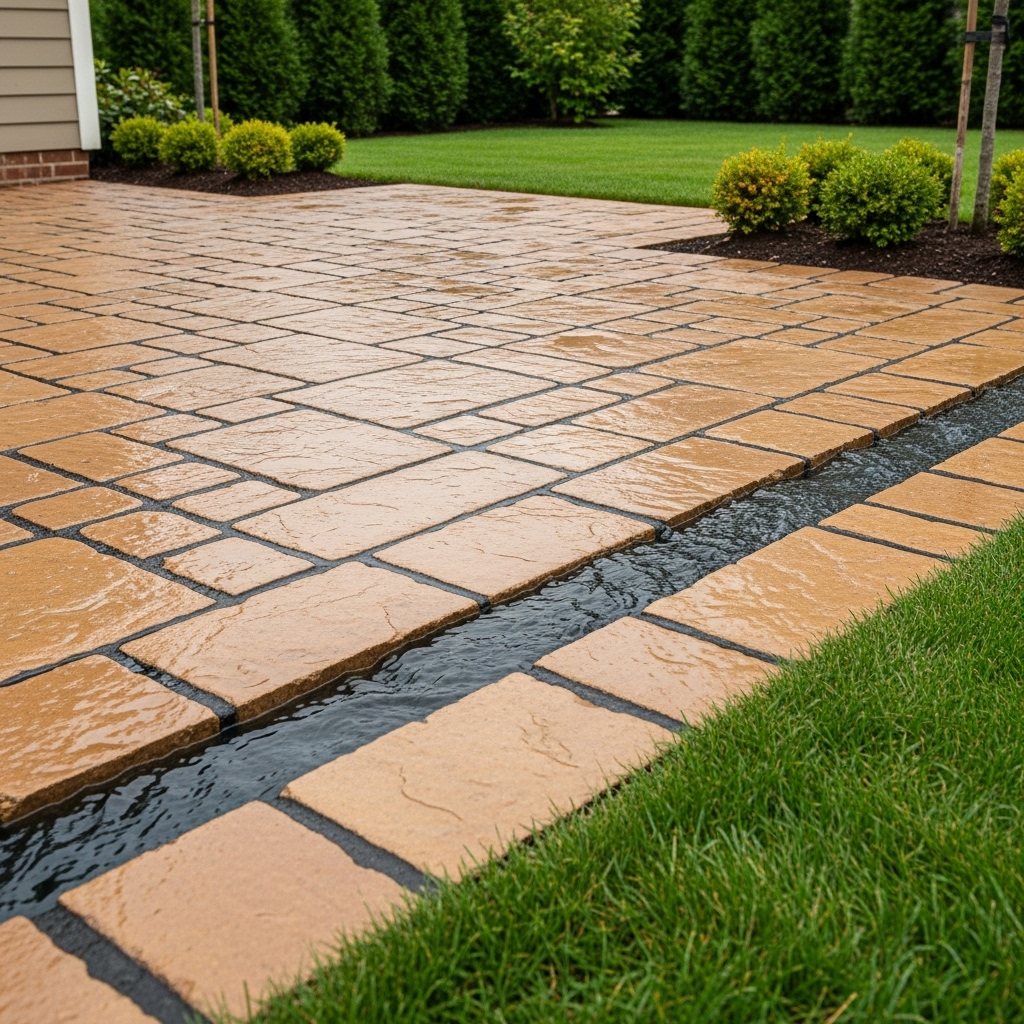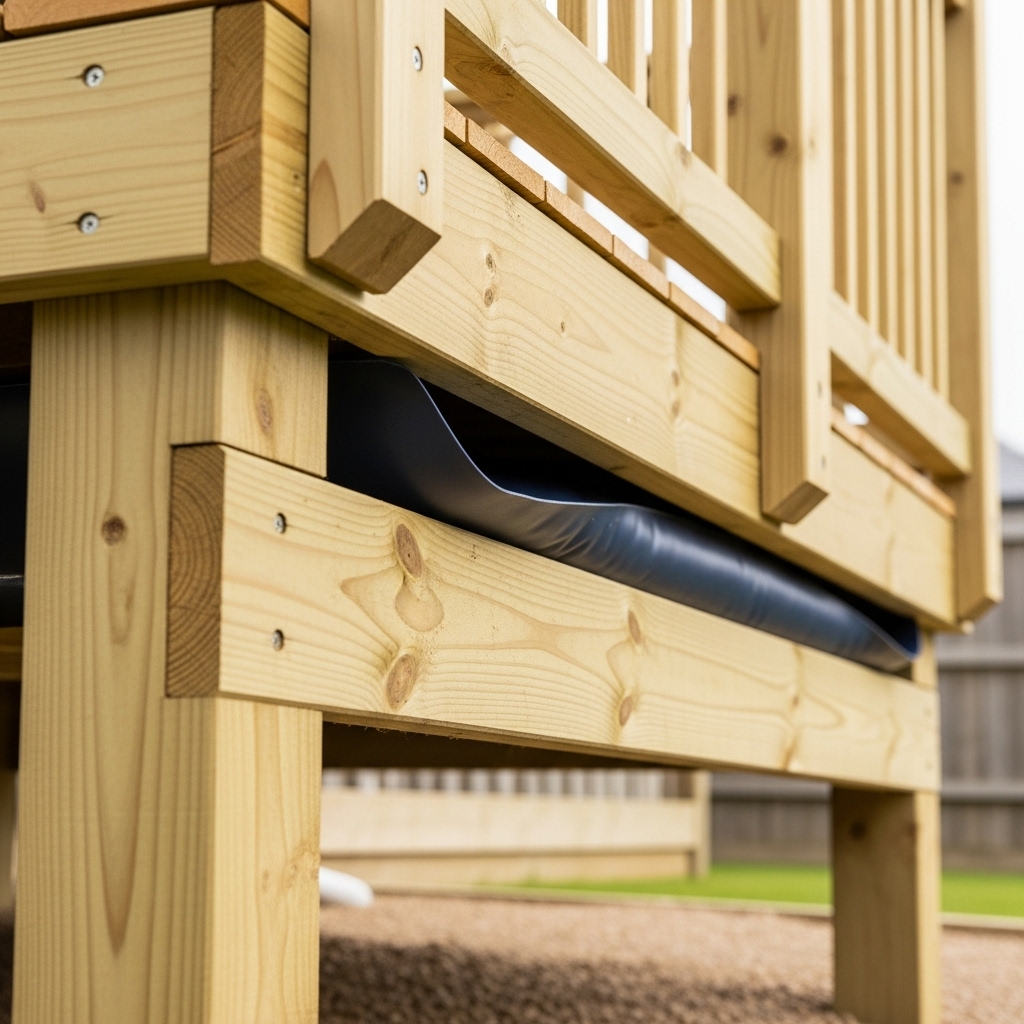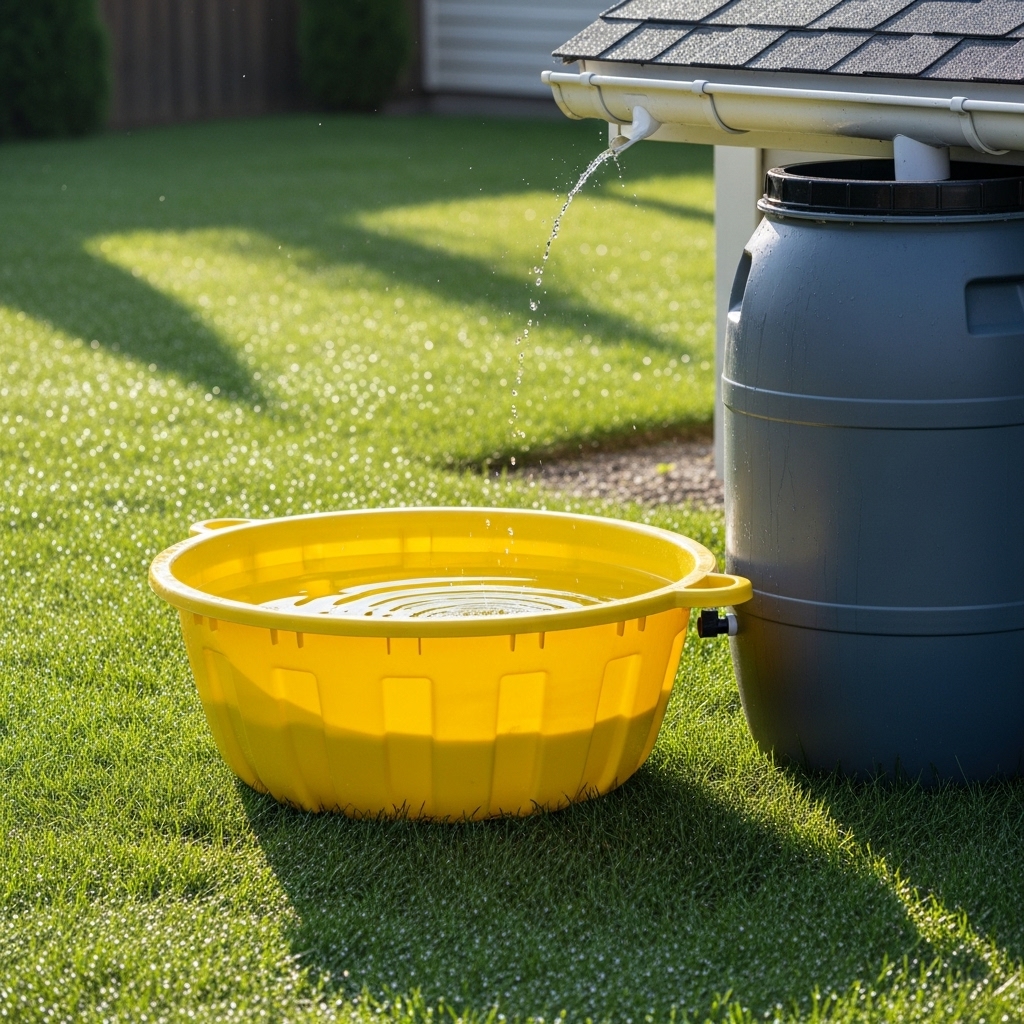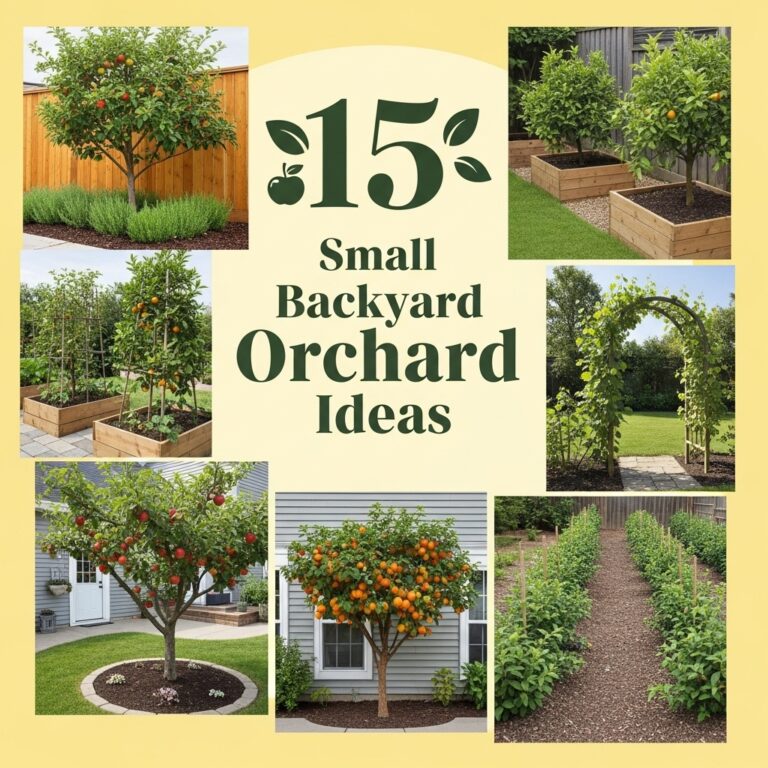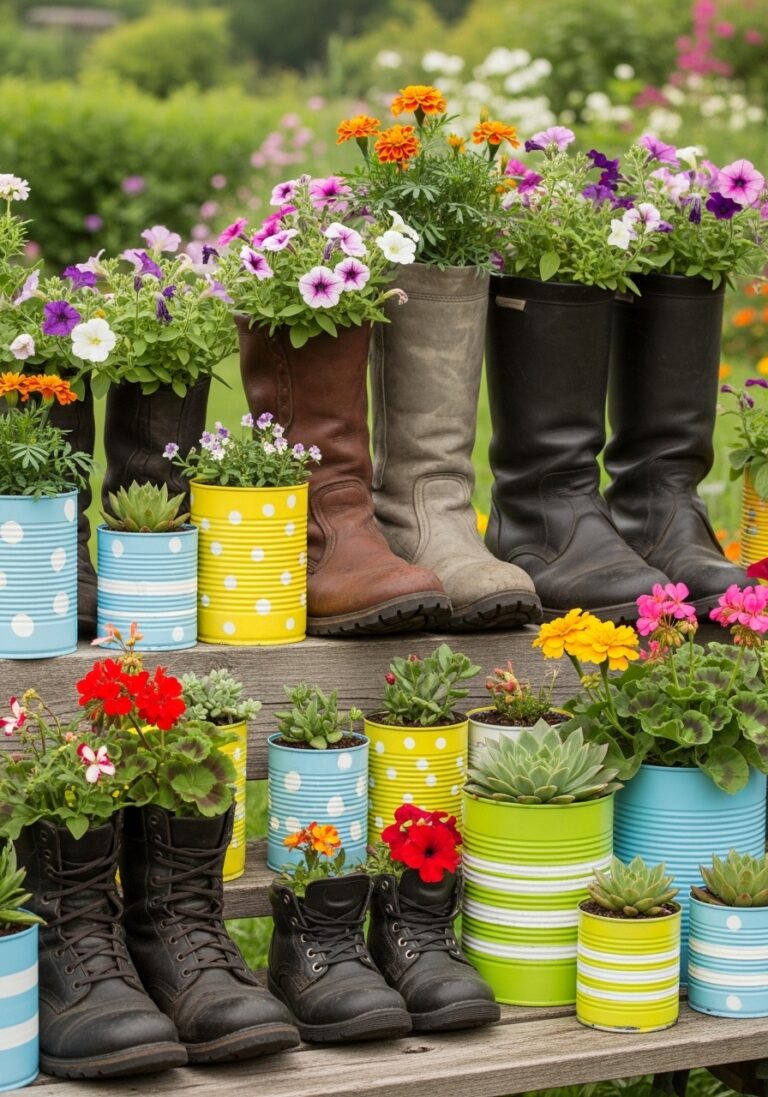10 Ways to Collect Rainwater for Your Garden
Are you looking to reduce your water bills and help the environment? Collecting rainwater is a simple, cost-effective solution that allows gardeners to take advantage of nature’s free resource. Rainwater is not only better for plants due to its lack of chemicals like chlorine, but it also helps reduce stormwater runoff, which can cause erosion and pollution. Whether you’re a beginner or a seasoned green thumb, these 10 rainwater harvesting ideas will help you make the most of every drop.
1. Traditional Rain Barrel System
A rain barrel is a large container placed beneath your roof’s downspout to capture and store runoff. Available in various materials such as plastic, wood, or metal, these barrels typically hold 40–80 gallons. Many come with built-in screens to filter debris and spigots for easy use with hoses or watering cans. They’re a perfect starting point for beginner gardeners looking for an easy and affordable solution.
Pro Tip: Elevate the barrel on cinder blocks to increase water pressure and make it easier to access.
2. DIY Gutter Diverter Setup
Instead of letting rainwater flow directly through your downspout into the ground, a gutter diverter can be installed to redirect it into storage containers. These diverters allow overflow to return to the regular drainage system once the barrel is full, preventing flooding. It’s a smart option for people who want more control over their rain collection.
Pro Tip: Use food-grade containers to ensure water is safe for edible garden plants.
3. Rain Chains
Rain chains are functional and decorative alternatives to traditional downspouts. They guide rainwater through a chain of cups or links and slow the flow into a basin or collector below. This reduces splashing and soil erosion and adds visual appeal to your garden, making them a favorite among landscape designers.
Pro Tip: Use a ceramic or stone basin at the bottom to collect and store water.
4. Underground Cistern System
Cisterns are large-capacity containers (ranging from hundreds to thousands of gallons) buried underground or placed in basements. They’re ideal for homeowners with large gardens, orchards, or irrigation systems. Water collected can be filtered and pumped through a drip irrigation network, providing a long-term solution for dry climates.
Pro Tip: Add a first-flush diverter to remove debris and roof contaminants before water enters the cistern.
5. Tarp and Bucket Setup
If you’re short on materials or need a quick fix, you can use a tarp to funnel rainwater into a container. Secure the tarp at an angle using poles or trees, and let gravity guide the water into a bucket. It’s great for camping, emergencies, or remote gardens with no structures nearby.
Pro Tip: Position the setup where it gets the most rainfall, like open areas without tree cover.
6. Greenhouse Roof Harvesting
Greenhouses, with their sloped roofs and smooth panels, are excellent for capturing rainwater. Install a gutter system along the roof and connect it to a tank or barrel. The water collected can be used for the greenhouse itself or for nearby beds and containers.
Pro Tip: Place a fine mesh screen over the gutter to keep leaves and insects out of the water.
7. Rainwater Garden Ponds
Transform rainwater into a beautiful and functional garden pond. By directing runoff into a lined pond, you can create a water feature that doubles as a natural reservoir. Native aquatic plants and fish can thrive here, making it a self-sustaining ecosystem.
Pro Tip: Use a swale or natural slope to guide water to the pond.
8. Permeable Paving with Storage Tanks
Permeable pavers allow rain to soak through the surface and into underground tanks or gravel beds. This method is ideal for patios, walkways, or driveways. Water can be stored or slowly absorbed into the soil, reducing runoff and erosion.
Pro Tip: Combine with a filtration layer below the pavers to keep stored water clean.
9. Roof Bladder Tanks
Bladder tanks are flexible, pillow-like containers that sit in tight or unused spaces such as under decks, floors, or sheds. These tanks fill with water piped from the roof and are especially useful in urban or compact areas. They can store large amounts without being visually intrusive.
Pro Tip: Choose UV-resistant materials to prevent algae growth inside the tank.
10. Rain Saucer System
Rain saucers collect water directly from the sky into barrels, using a wide funnel-like top. They don’t require any roof or gutter setup, making them ideal for open spaces, fields, or places without structures. Easy to install and move, they’re also good for collecting cleaner water with less roof debris.
Pro Tip: Keep the saucer covered with mesh to prevent mosquito breeding and contamination.
Conclusion
By collecting rainwater, you can save money, reduce strain on local water systems, and give your garden the natural hydration it craves. From simple setups like rain saucers and tarps to larger installations like cisterns and permeable paving, there’s a rainwater harvesting method for every space and budget. Start small, experiment, and build a greener, more self-sufficient garden—one drop at a time.

